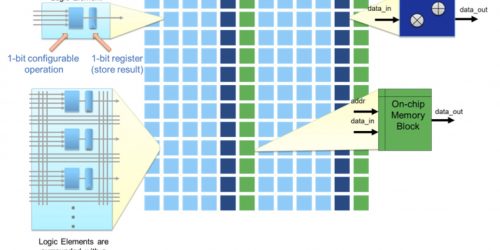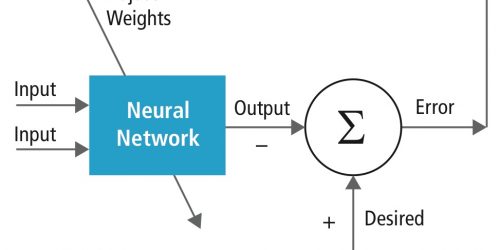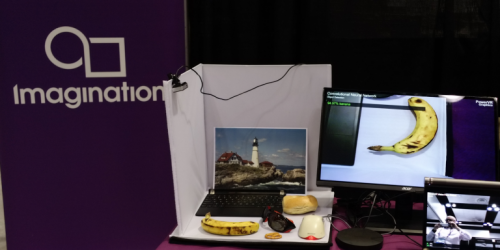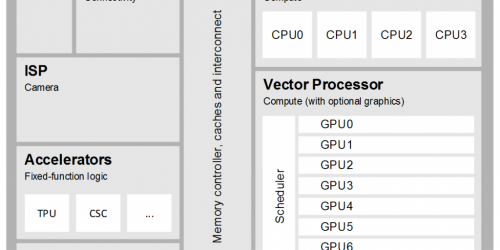FPGAs for Deep Learning-based Vision Processing
FPGAs have proven to be a compelling solution for solving deep learning problems, particularly when applied to image recognition. The advantage of using FPGAs for deep learning is primarily derived from several factors: their massively parallel architectures, efficient DSP resources, and large amounts of on-chip memory and bandwidth. An illustration of a typical FPGA architecture […]
FPGAs for Deep Learning-based Vision Processing Read More +








